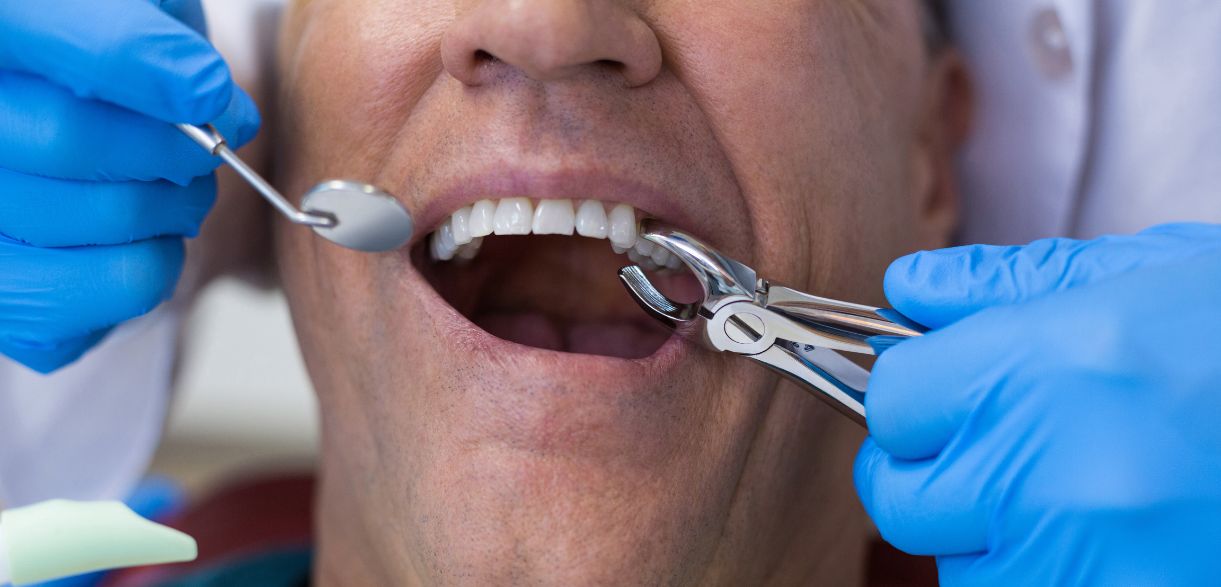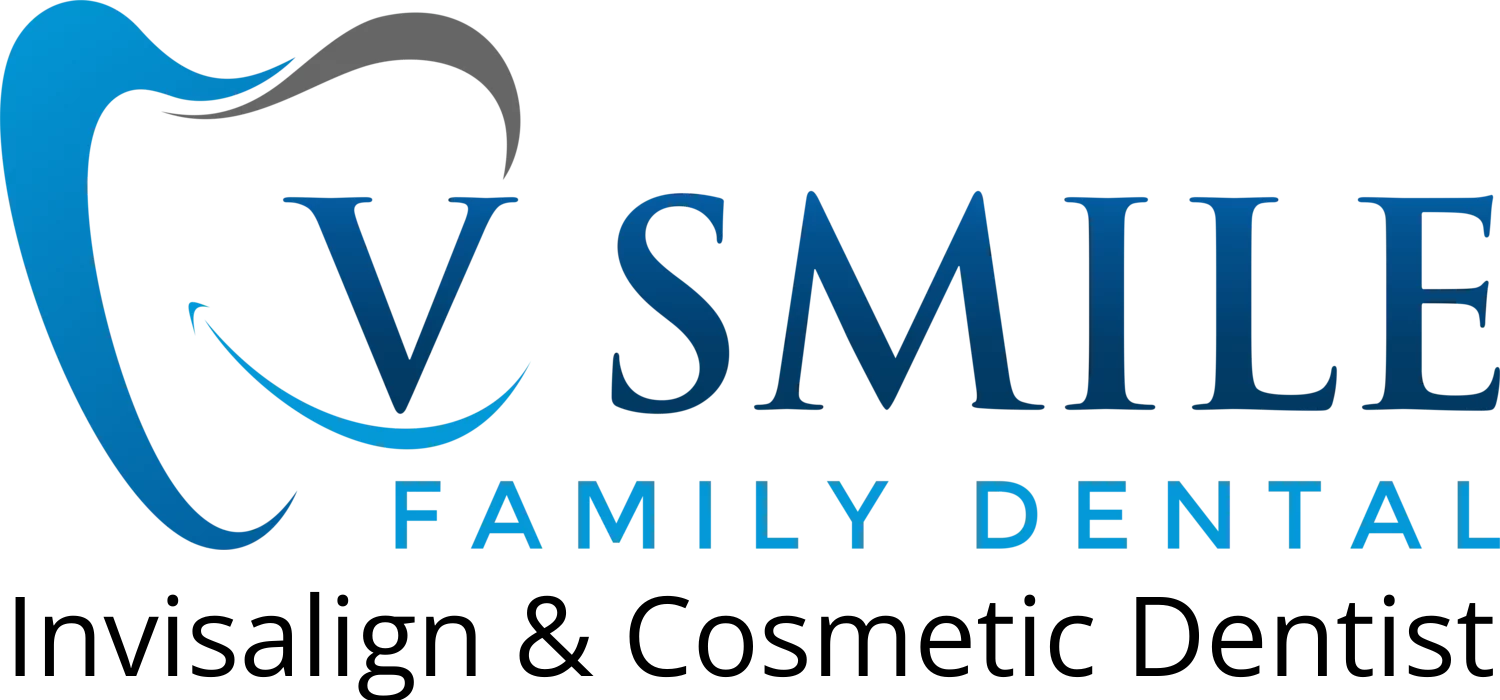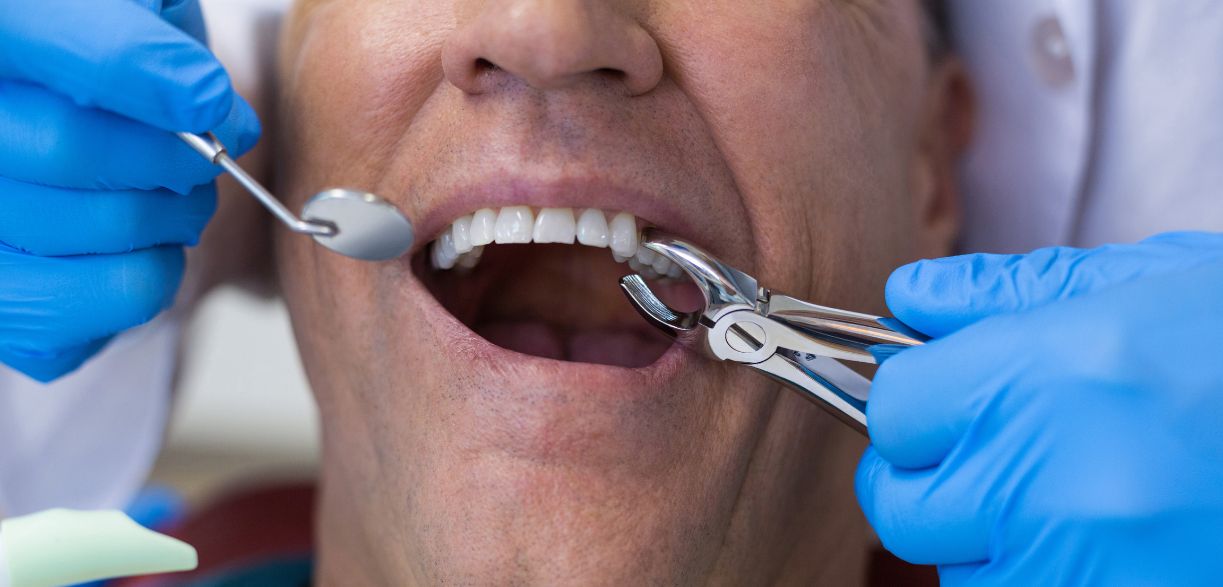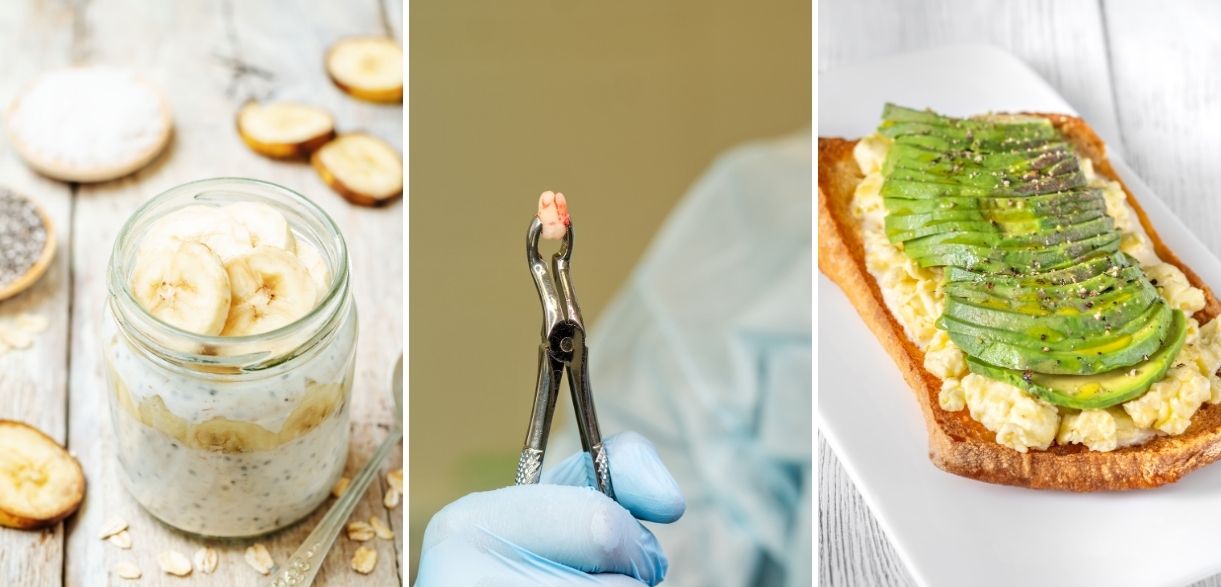
Having a tooth removed can be frightening, but what happens afterward plays a big role in how quickly and comfortably you heal. Effective aftercare isn’t just a matter of pain reduction—it is what avoids things like dry socket and infection. If you are preparing for or recovering from tooth extraction, try these important tips for a complication-free recovery.
What to Expect After a Tooth Extraction?
Following a tooth extraction Frisco, swelling, slight bleeding, and tenderness at the extraction site are normal. These symptoms usually begin to resolve after 24–48 hours. However, knowing what to expect is crucial in order to recognize normal healing versus complications.
Immediate Aftercare: The First 24 Hours
The first day following your extraction is the most critical. Your goal during this period is to encourage blood clotting and protect the healing site.
- Bite gently on gauze over the socket for at least 30–60 minutes to control bleeding.
- Do not rinse, spit, or drink through a straw, as these actions may dislodge the clot and lead to dry socket.
- Apply a cold compress to the outside of your cheek every 15 minutes to help minimize swelling.
- Rest and avoid overexertion. Avoid strenuous activity, such as heavy lifting or bending over.
Pain Management and Medications
There will be some pain after the procedure. Over-the-counter pain medications like ibuprofen can reduce pain and inflammation. Take any medication or antibiotics that your dentist prescribes, even if you start to feel better. Never put aspirin directly on the extraction site because it can irritate the tissue.
Oral Hygiene After Extraction
Keeping your mouth clean without disrupting the healing site is most important. For the initial 24 hours, avoid brushing near the site of extraction. On subsequent days, you can begin slowly rinsing your mouth with warm salt water (½ teaspoon of salt in 8 ounces of water) a few times daily, especially after meals. Continue brushing and flossing the rest of your mouth softly, but not with alcohol mouthwashes unless advised by your dentist.
Tips for Eating and Drinking
Choose soft foods that will not irritate the site or require a lot of chewing. Some good foods are yogurt, smoothies (no straw), scrambled eggs, applesauce, and mashed potatoes. These soft & nutritious recipes for faster healing help your body recover without putting stress on your mouth.
Avoid hot, spicy, and crunchy foods for the first few days, and drink water in large quantities to keep yourself hydrated—no straws.
Signs of Trouble: When to Call Your Dentist
Most extractions heal without problems, but watch for warning signs to understand if anything is wrong. Let your dentist know if you have:
- Extreme or worsening pain over 2–3 days
- Extensive bleeding that won’t stop
- Swelling that’s getting bigger instead of smaller
- Fever or foul taste in the mouth
- Early treatment will prevent more serious problems.
Recovering from a tooth extraction doesn’t have to be difficult—especially when you follow the right aftercare steps. By resting, eating wisely, and keeping the area clean, you’ll minimize discomfort and speed up healing. Always listen to your body and reach out if something feels off.
If you have concerns after an extraction or need personalized aftercare advice, contact our dental office today to speak with our team.




